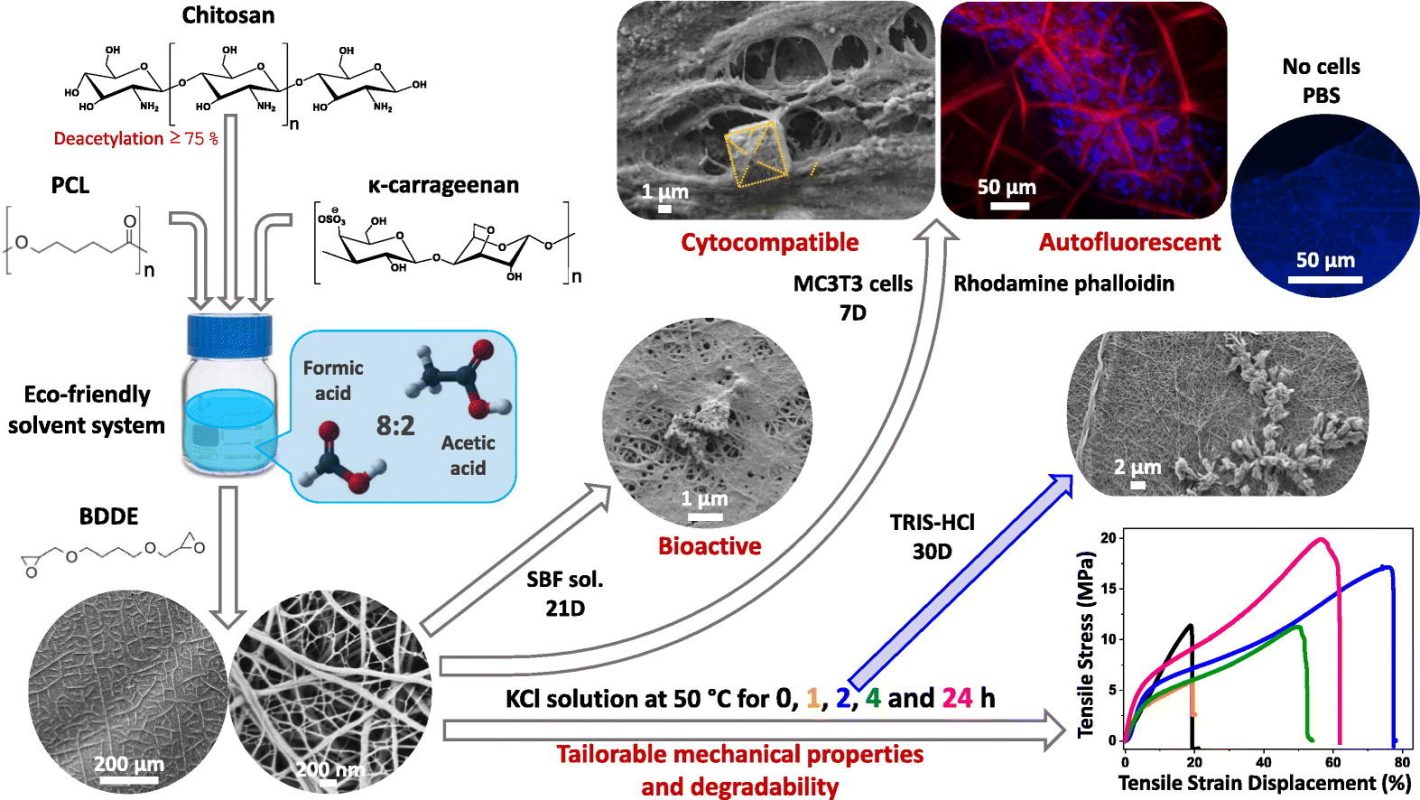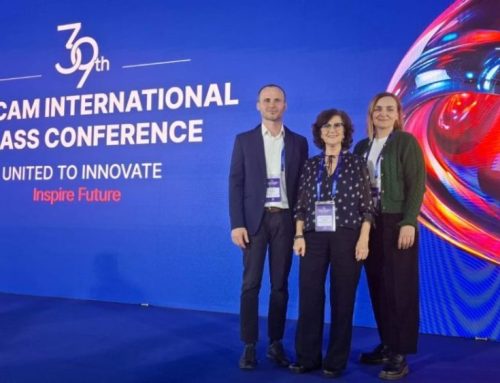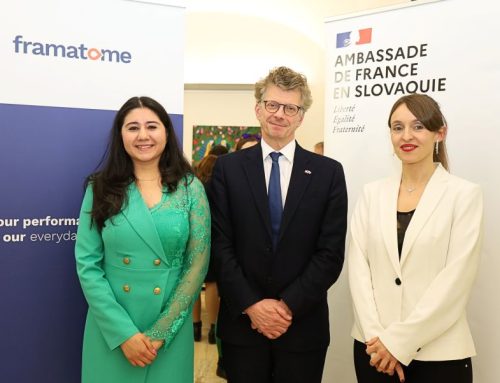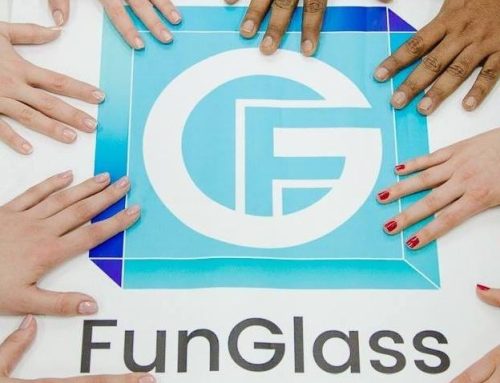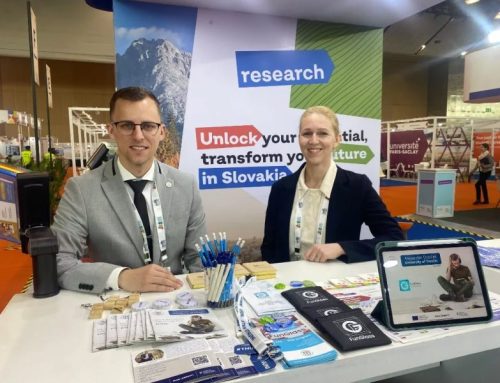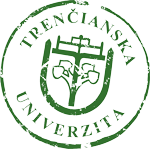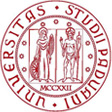Advancements in Biomedical Applications: BDDE Crosslinking Agent and Reticulation with KCl (Open Access)
It is our pleasure to inform you about the publication of a new open-access article on the BDDE crosslinking agent and its reticulation with KCl for biomedical applications in the International Journal of Biological Macromolecules. This work stems from a fruitful collaboration between Dr. Zulema Vargas from our Department of Biomaterials and Prof. Aldo R. Boccaccini, Head of the Institute of Biomaterials at the Department of Materials Science and Engineering, FAU Erlangen. Thanks also to all co-authors for their great work.
• Zulema Vargas-Osorio, Eduin I. González Castillo, Nurshen Mutlu, Eva Vidomanová, Martin Michálek, Dušan Galusek, Aldo R. Boccaccini: Tailorable mechanical and degradation properties of KCl-reticulated and BDDE-crosslinked PCL/chitosan/κ-carrageenan electrospun fibers for biomedical applications: Effect of the crosslinking-reticulation synergy. In: International Journal of Biological Macromolecules, Volume 265, Part 1, 2024, 130647, ISSN 0141-8130.
doi.org/10.1016/j.ijbiomac.2024.130647
Abstract: The development of intricated and interconnected porous mats is desired for many applications in biomedicine and other relevant fields. The mats that comprise the use of natural, bioactive, and biodegradable polymers are the focus of current research activities. In the present work, crosslinked fibers with improved characteristics were produced by incorporating 1,4-butanediol diglycidyl ether (BDDE) into a polymer formulation containing polycaprolactone (PCL), chitosan (CS), and κappa-carrageenan (κ-C). A slight variation of formic acid (FA)/acetic acid (AA) ratio used as a solvent system, significantly affected the characteristics of the produced fiber mats. Both polysaccharides and BDDE played a major role in tailoring mechanical properties when fibrous scaffolds were reticulated under KCl-mediated basic conditions for determined periods of time at 50 °C. In vitro biological assessment of the electrospun fiber mats revealed proliferation of MC3T3-E1 cells when incubated for 1 and 7 days. After staining the cells with 4′,6-diamidino-2-phenylindole (DAPI)/rhodamine phalloidin an autofluorescence response was observed by fluorescence microscopy in the scaffold manufactured using a solvent with higher FA/AA ratio due to the formation of microfibers. The results demonstrated the potential of the BDDE-crosslinked PCL/CS/κ-C electrospun fibers as promising materials for biomedical applications that may include soft and bone tissue regeneration.
Keywords: Crosslinked electrospun fibers; BDDE crosslinking agent; Reticulation with KCl; PCL/chitosan; κ-Carrageenan
